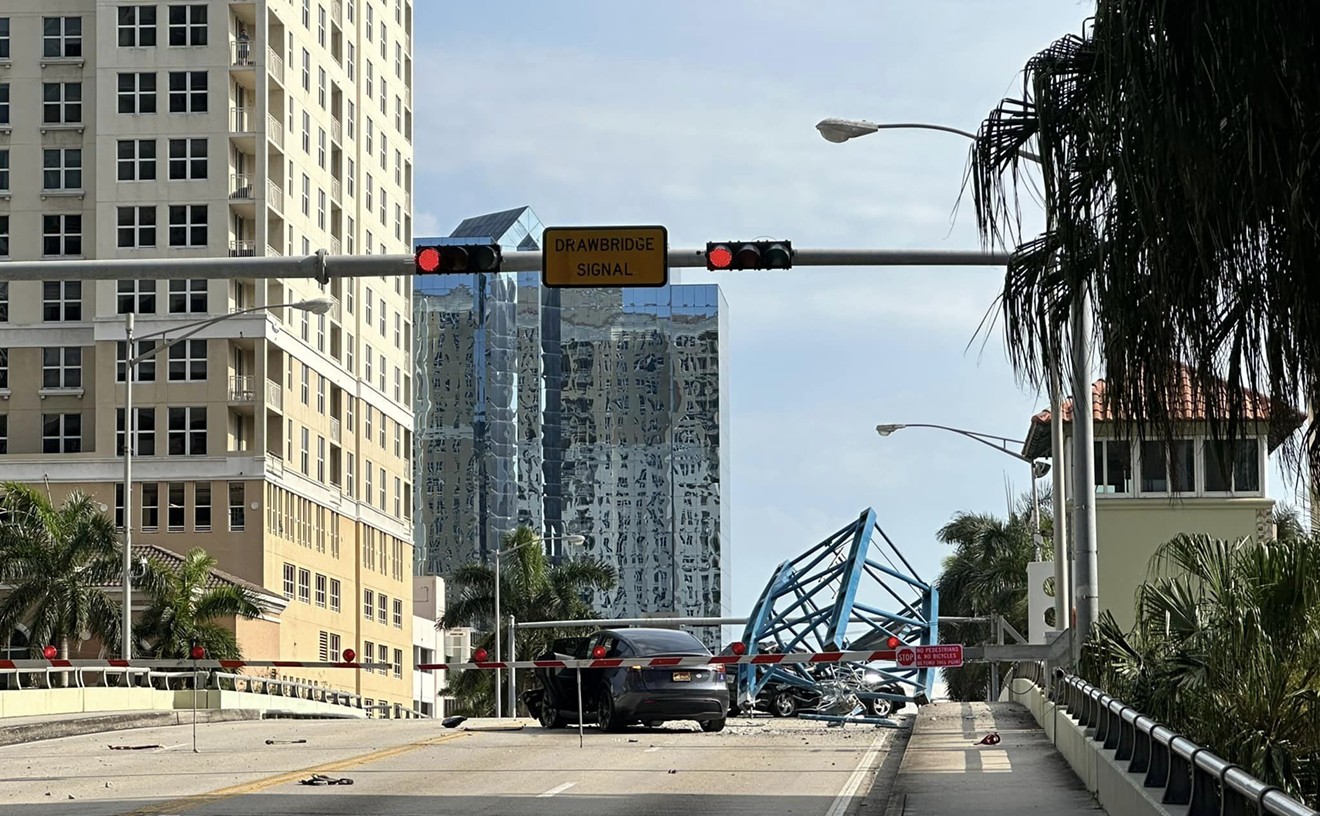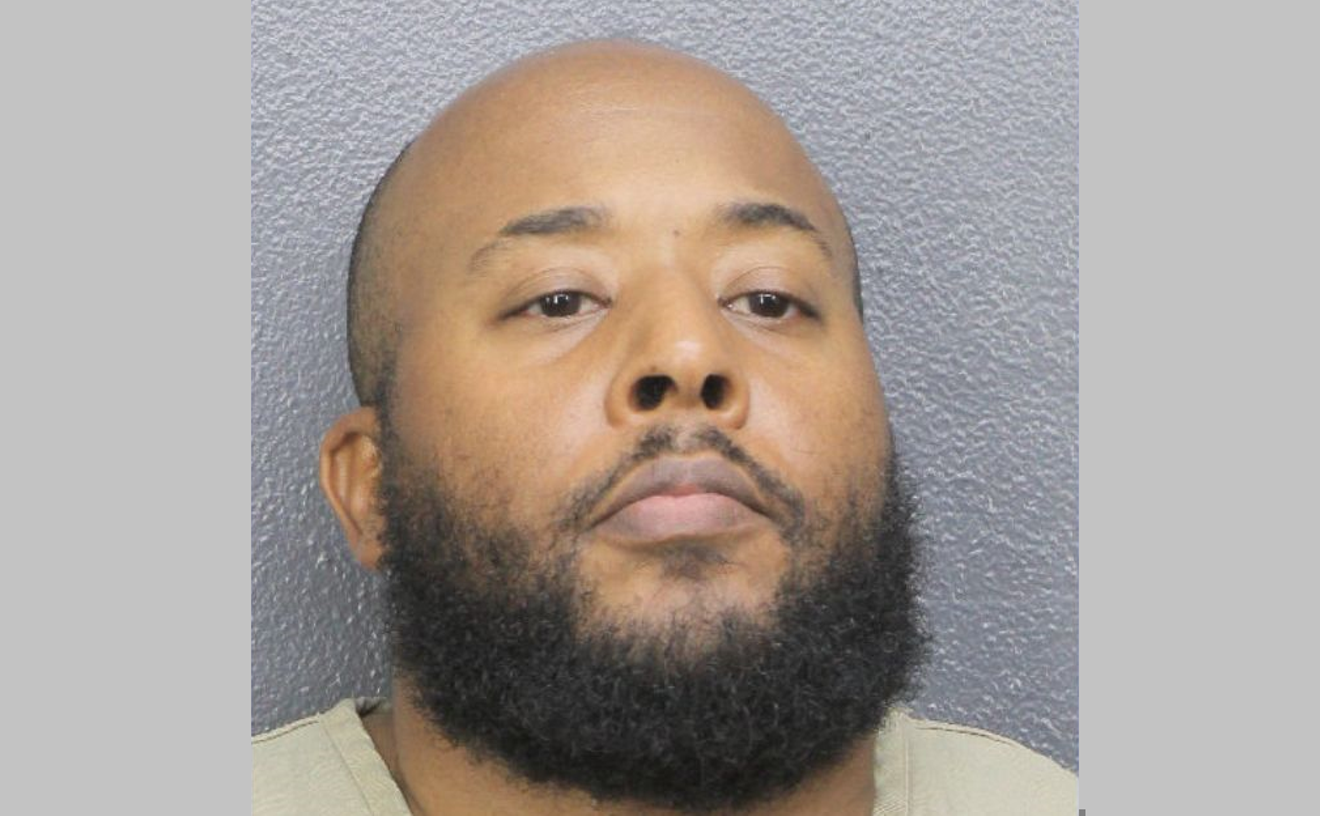The smoke likely was. And now ten residents who grew up next to the tower, known as Old Smokey, are suing the city, claiming they can't get any help or restitution from a town government that likely gave them diseases such as cancer and leukemia.
But Old Smokey did more than simply waft clouds of smoke over the Grove. Here's a rundown of all the areas the toxic plant affected while it was spewing pollution — and where its impacts can still be felt today:
1. Families in the West Grove living near the plant pretty much always knew it was a humanitarian nightmare:
On the days when the municipal trash incinerator known as Old Smokey fired up its furnace, Delphine Bennett could sit on the porch of her shotgun-style house and watch the flames flicker from the chimney. On warm, dry evenings, the escaping embers ignited brush fires in empty lots nearby. More than once, she recalls, the roof of a neighbor's home caught fire.
"Sometimes you had trouble breathing; the kids were coughing. It was so bad you'd have to come inside and close the windows," says Bennett, now 77, her voice raspy and frail. "Soon as you hung the clothes on the line to dry, they'd be covered in soot."
For nearly 50 years, Miami's trash incinerator on the corner of Jefferson Street and Washington Avenue clouded the air of West Coconut Grove. Before it was shut down as a public nuisance by court order in 1970, countless tons of toxic ash emerged from its furnace. Some of it was piled in great mounds outside its entrance, where it remains, covered in dirt and asphalt; much more was hauled away and buried in the quarries that supplied limestone for Miami's early building boom.
2. The smokestack was torn down only after schools were desegregated and white kids were forced to go to school nearby:
The idea to shutter the incinerator came about only because of the civil rights movement, which is a polite way of saying the plant was closed to protect the white children now attending Carver. A white retired attorney named Michael Tobin demanded Judge Raymond Nathan visit the school to see what the incinerator was doing to the neighborhood where Tobin's son was now going to school. Nathan ordered the plant shut down 24 hours after his visit in 1970. The plant was demolished four years later. (The City of Miami Fire-Rescue Training Center was built on the site in 1983.)
3. The toxic ash was later found to include arsenic and lead — and ended up underneath many of Miami's major parks:
After locals were stung by the revelation that Miami leaders have known for two years that toxic ash is poisoning the Coconut Grove neighborhood surrounding its long-closed "Old Smokey" trash incinerator, city officials wasted little time last week confronting the latest environmental crisis.
Just four days after learning that soil tests in nearby Blanche Park turned up traces of dioxins, arsenic, barium, lead, and other deadly contaminants — presumably from deposits of incinerator ash — City of Miami crews swooped in with an assuring show of force, carting away truckloads of toxic soil and paving the excavated area with a foot of asphalt.
Commissioner Marc Sarnoff — who, as fate would have it, lives across the street from the tiny strip of leafy suburban green space — held vigil, pledging to neighbors and TV cameras that city workers were doing everything possible to guarantee the health and safety of residents, a message he repeated a week later at a tense, city-sponsored community gathering. Testing, he declared, would continue.
But far from the media spotlight and the glare of embarrassed city officials, toxic cleanup at four other city-owned properties is far less of a priority. There has been virtually no community input and little public awareness of the dangers that contaminated soils pose. Two of those properties are anonymous plots of grass with few visitors, but the other two are within high-volume recreational parks that serve a mostly low-to-middle-income population and where unsuspecting users of all ages and interests might be treading on ground unfit for human contact.
4. But the city apparently knew about the toxic areas for years and didn't warn anyone:
Last fall, Miami leaders finally admitted they'd known for years that the long-shuttered Old Smokey trash incinerator in Coconut Grove had poisoned the earth with toxic ash. But they've also insisted contamination is contained within a 4.5-acre, fenced-off facility.
However, new reports obtained by New Times contradict that claim, revealing instead that testing this summer found that residential properties and public rights of way adjacent to Old Smokey had dangerous levels of heavy metals and other highly toxic substances. And though the findings arrived in June, city officials have failed to notify residents, ignored repeated demands from county regulators to fence off dangerous sites and remove the toxin-laced soil, and refused to investigate the extent of the contamination.
The city has since worked on cleaning up much of the waste, including remediating Douglas Park in 2016.
5. In the meantime, the poor, black residents forced to live next to the smokestack later developed higher levels of cancer, respiratory problems, and other potentially fatal medical conditions:
Of the ten plaintiffs, nine said they attended the Carver schools (the K-12 school was later split into elementary and middle schools), and the list of medical ailments they blame on the incinerator ash is harrowing. The group's members say they have suffered from cardiovascular issues, diabetes, high blood pressure, chronic bronchitis, asthma, fertility problems, seizures, cancer, and leukemia. According to the suit, those issues can be traced to exposure to the various toxic chemicals that Old Smokey blasted into the air for years.
"Municipal trash incinerators are well-known sources of dangerous pollutants," the suit says. "A trash incinerator produces both 'fly ash,' which is emitted from smoke-stacks, and 'bottom ash,' which is generated in the incinerator furnace."
The suit says both kinds of ash can contain toxic heavy metals, including lead, mercury, chromium, arsenic, cadmium, and beryllium, as well as polychlorinated biphenyls (PCBs), which were banned in the United States in 1979 because of their toxicity, and polyaromatic hydrocarbons (PAHs), which come from burnt biofuels and have been linked to skin, lung, bladder, liver, and stomach cancers. Fly ash tends to be more harmful to human health — 50 pounds of trash typically produces ten pounds of ash, and one pound tends to wind up floating through the air and into people's lungs. One 1996 study showed that residents of a town in northern Italy who grew up next to an incinerator were seven times likelier to die of lung cancer.











